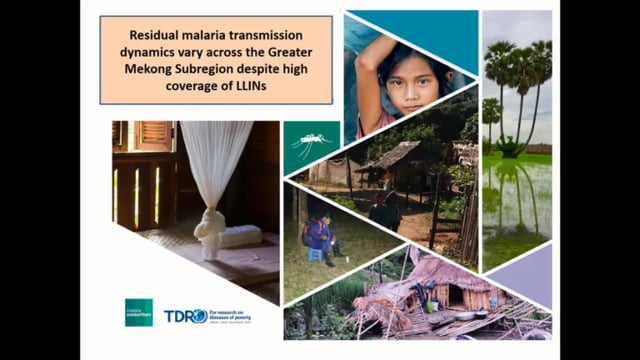Last Updated: 13/02/2018
Residual malaria transmission in the Greater Mekong Subregion – Studies to examine its magnitude and identify its causes
Objectives
This study investigated the magnitude and causes of ongoing malaria transmission in two geographical areas of the GMS in Thailand and Viet Nam, across three ecological niches, namely, villages, farms and forested areas.
Nearly 120 million people are at risk of malaria in the Greater Mekong Subregion (GMS). This is approximately 37% of the population. Recently, there has been an increase in drug-resistant malaria in Southeast Asia.
The study made use of a number of qualitative and quantitative methods:
- Passive case detection (PCD) in health facilities to analyse clinical malaria incidence during the study period;
- Analysis of historical data in health facilities to understand how transmission levels had changed over time;
- Cross-sectional prevalence surveys and knowledge, attitudes and practices (KAP) surveys to understand net usage and human movement patterns;
- Human landing catch (village, farm hut, forest) and bait cow catch (village) to determine abundance of Anopheles mosquitoes, nightly and hourly biting rates, seasonality, infection status, the degree of biting on humans or animals (anthropagy vs zoophagy), and whether they fed outdoors or indoors (exophagy vs. endophagy);
- Direct observation of villagers to find out more about their behaviour and mosquito net usage;
- GPS tracking of forest-goers to monitor their movements and thereby to identify possible transmission spots away from the villages.
Jan 2016 — Dec 2017
$110,000


